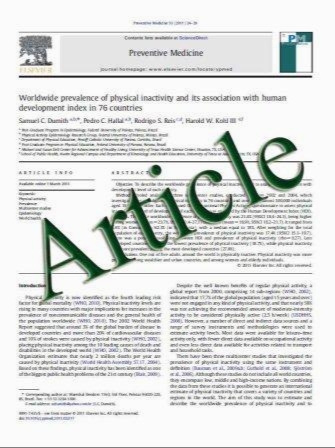Endoscopic third ventriculostomy for the treatment of osteopetrosis-related hydrocephalus: a case-based update
- نوع فایل : کتاب
- زبان : انگلیسی
- مؤلف : Bhoresh Dhamija , Benedetta Ludovica Pettorini , Guirish Solanki
- چاپ و سال / کشور: 2011
Description
Background Osteopetrosis is a heterogenous group of disorders characterised by a failure of normal bone maturation and abnormal bone sclerosis secondary to the failure of osteoclasts to resorb bone. The most serious consequences of this disorder affect the nervous system. Patients with infantile osteopetrosis (also called malignant osteopetrosis) can develop a gradual occlusion of, or narrowing of the skull foramina at the skull base, resulting in the compression of vital nerves and vessels. Hydrocephalus has been identified in these patients, particularly those with the autosomal recessive variety of osteopetrosis. Although the exact aetiology is uncertain, it is possible that venous outflow obstruction at the cranial foramina along with a reduced intracranial space for cerebrospinal fluid (CSF) to flow around the hemispheres could be contributing factors. There are few reports in the literature on the management of this unusual association, hydrocephalus secondary to osteopetrosis. The authors report one such case where this association has been successfully surgically treated with endoscopic third ventriculostomy as a form of CSF diversion. Case report We successfully treated a 9-month-old girl with osteopetrosis and symptomatic hydrocephalus with an endoscopic third ventriculostomy (ETV). She later went on to have stem cell transplantation to treat the osteopetrosis. Conclusions Most reports in the literature have identified ventriculoperitoneal (or other distal site) shunting as the treatment of choice for hydrocephalus in this setting. We would like to highlight that ETV is another effective and often very suitable method of CSF diversion in these patients
Childs Nerv Syst DOI 10.1007/s00381-011-1474-1 Received: 5 December 2010 / Accepted: 21 April 2011


